‘Punk ballerina’ Karole Armitage debuts a genre-bending show in New York
Karole Armitage, the choreographer behind Madonna’s Vogue video and Marc Jacobs’ A/W 2021 show, debuts A Pandemic Notebook at New York Live Arts
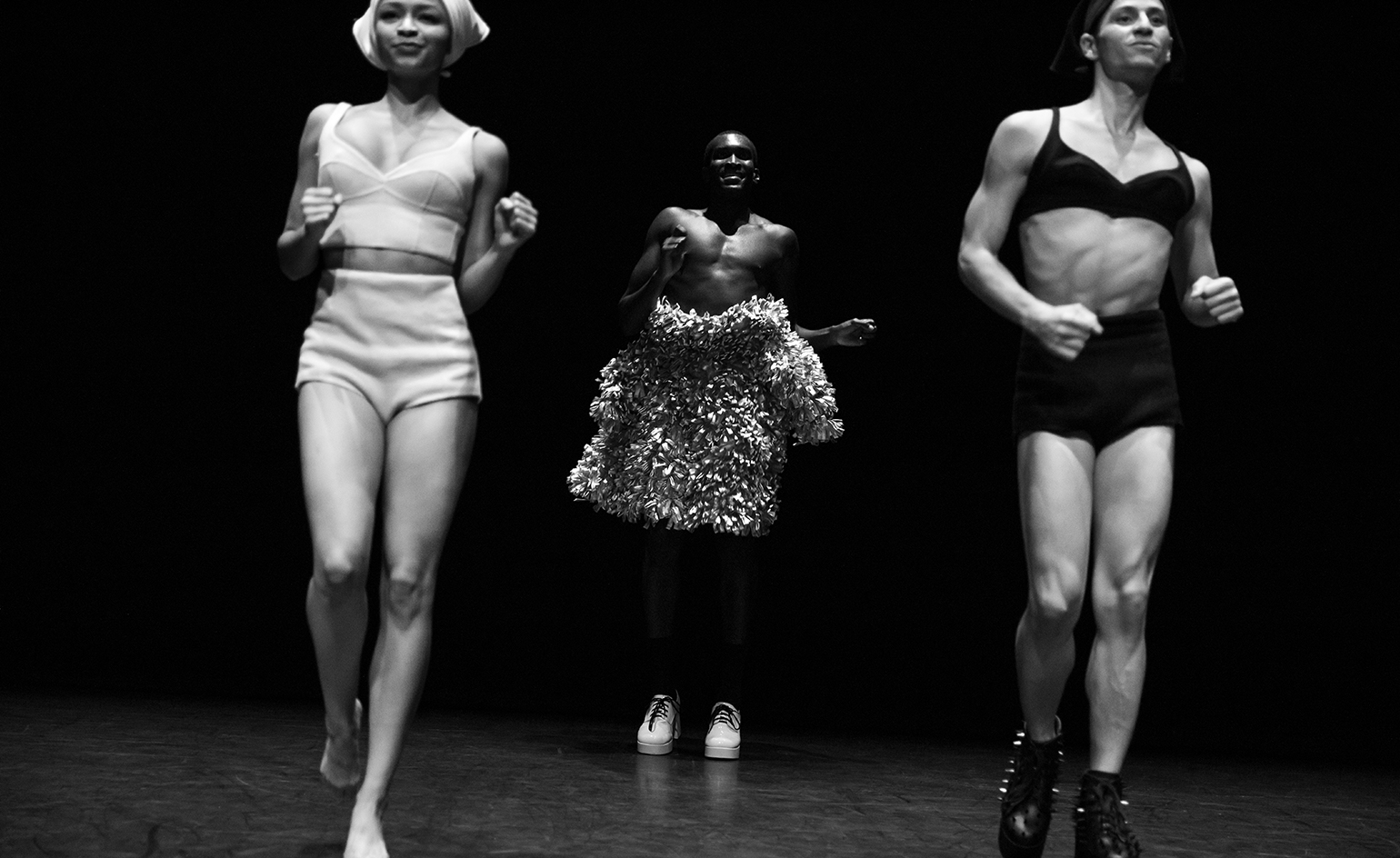
Luchino Visconti films, medieval medicine, and Marc Jacobs are among the many inspirations behind choreographer Karole Armitage’s new work, A Pandemic Notebook, which premieres at New York Live Arts 16 – 19 March 2022.
The show documents Armitage’s creative explorations over the period of Covid lockdowns, but it also acts as a retrospective of sorts, by synthesising many of the artistic collaborations (with David Salle, Jeff Koons, Alba Clemente) and diverse influences (music, science, art, fashion) that underpin her kaleidoscopic résumé into one dazzling work.
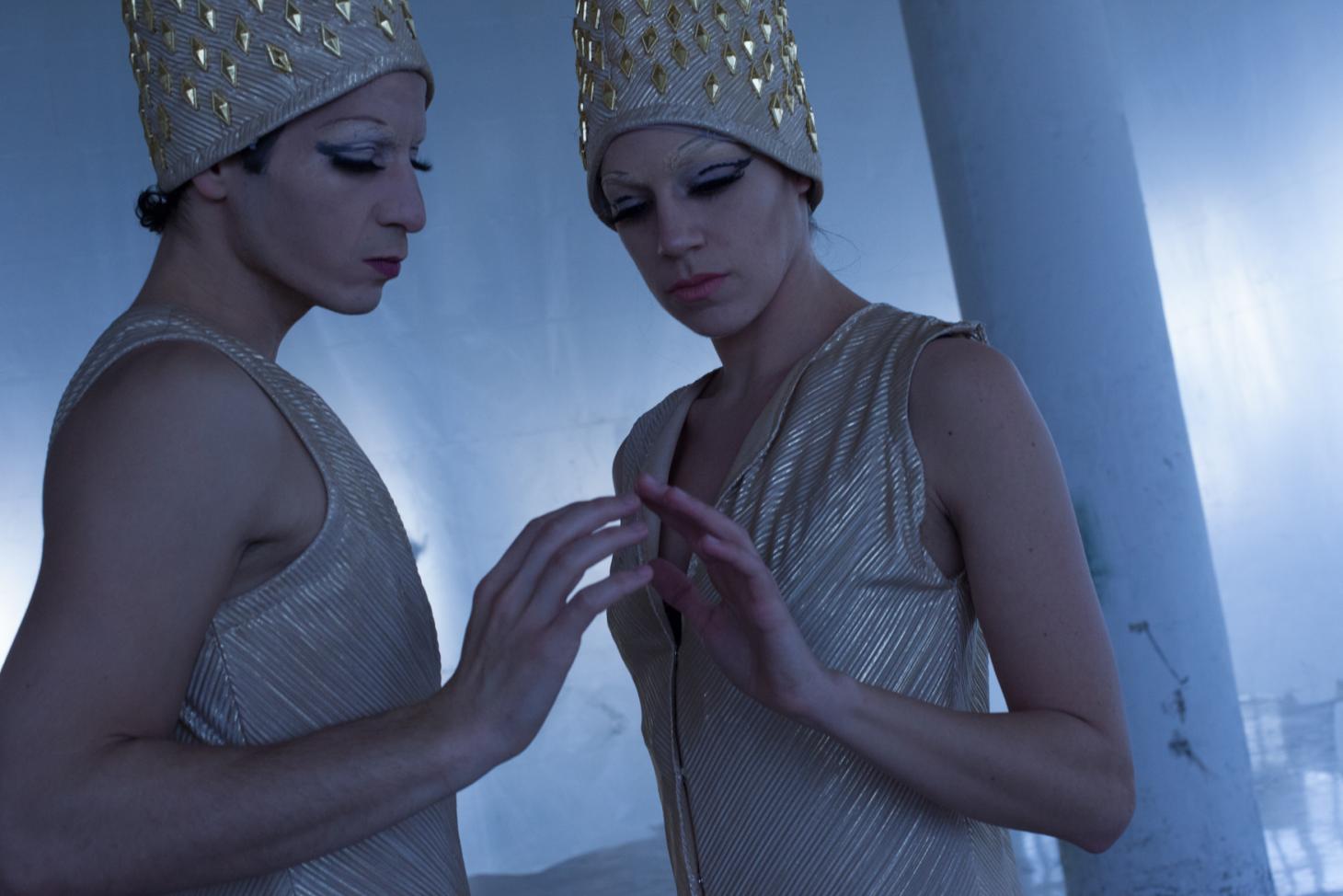
Beautiful Monster. Dancers: Sierra French, Alonso Guzman.
Armitage started her career under choreographer George Balanchine before transitioning into Merce Cunningham’s dance company and eventually launching her own company in 1981. The ‘punk ballerina’ of New York quickly became a luminary of the city’s burgeoning downtown art scene, combining the rigour of classical ballet with the experimentation of modern dance for an explosive new form of choreography that pushed the boundaries of what dance could look like and what subject matters it could address.
She choreographed Madonna’s Vogue and Michael Jackson’s In The Closet videos, as well as New York Philharmonic operas. In effect, she broke away from the minimalist formalism of dancers like Cunningham and Yvonne Rainer to create a new form of modernism that was more viscerally emotional and erotic, in the same way that visual artists like Salle and Koons were diverging from the simplified abstraction of Donald Judd, Sol LeWitt and others.
A Pandemic Notebook by Karole Armitage
A Pandemic Notebook juxtaposes excerpts of dance films created by Armitage over the past two years with live renditions for the stage and marks the first time Armitage herself will be performing since 1989, this time alongside New York City Ballet legend Jock Soto. The show is divided into five parts, each drawing from a different range of influences and preoccupied with its own set of philosophical questions.
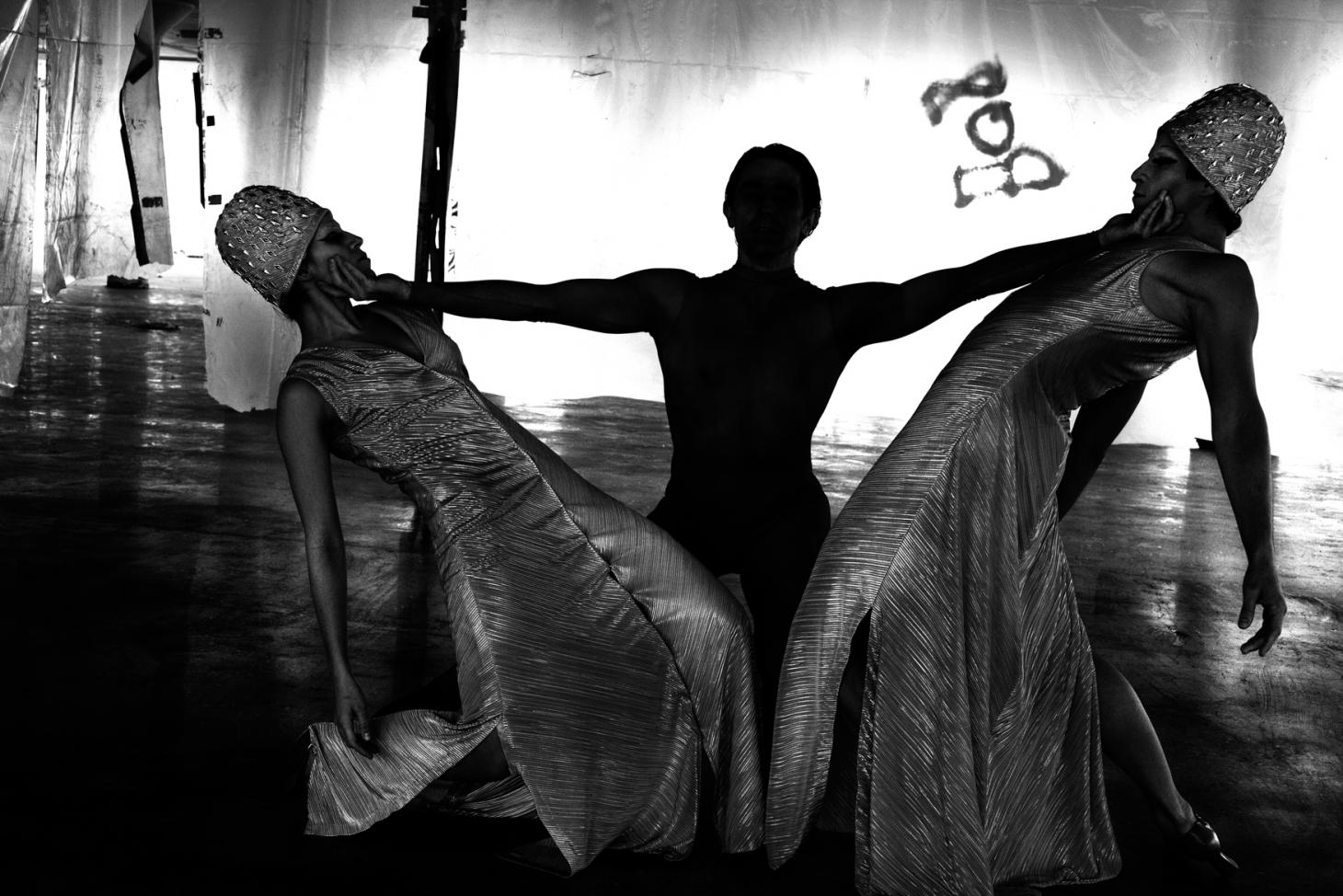
Beautiful Monster. Dancers: Sierra French, Alonso Guzman, Cristian Laverde Koenig.
The programme opens with a diptych, Beautiful Monster and Louis, inspired by Visconti’s film La Strega Bruciata Viva (The Witch Burned Alive) and Roberto Rossellini’s La prise de pouvoir par Louis XIV (The Taking of Power by Louis XIV). The films are, as Armitage describes it, ‘both about the hidden uses of power. In Visconti, it’s about how even the most glamorous movie star is subjected to other kinds of power pressures. While with Rossellini, it’s how Louis XIV put on more and more elaborate clothes and made people copy him to distract, through social envy or status consciousness, that he was taking more power.
Receive our daily digest of inspiration, escapism and design stories from around the world direct to your inbox.
‘It’s about these ruthless but subversive ways of distraction as a means to power,’ Armitage continues, and then, with her signature blend of philosophical eloquence and quick witted-charisma, summarises that ‘anyway, Trump was the inspiration’.
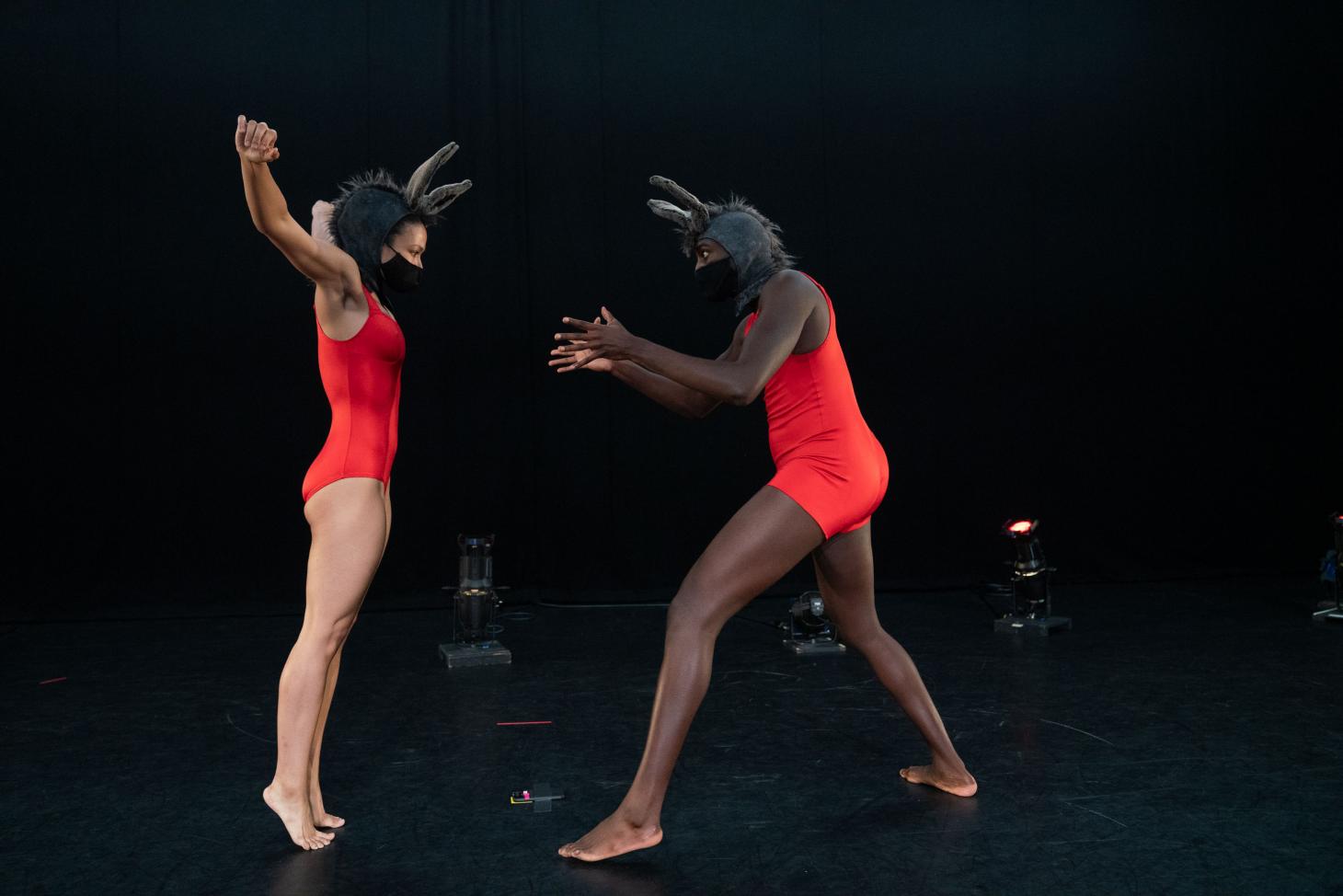
Killer. Dancers: Kali Oliver, Isaac Kerr.
The second part of the programme, Head to Heel and Andy, draws on ‘the most marvellous book of medieval philosophy, spirituality, medicine, that goes through medieval beliefs body part by body part, and it inspired me to make a dance that uses each body part is a generator of movements – from the head to each of the senses, genitals, hands and all that – and then incorporates this really weird thinking that was going on at the time.’
Another segment, entitled 6 Ft. Apart, draws on Armitage’s work as a director’s fellow at MIT Media Lab, where she has been exploring how to use new technology to create a poetic impact on the stage. Working in collaboration with the young Scottish engineer and designer Agnes Fury Cameron, Armitage has rigged dancers with visible wires and devices – iPhones and accelerometers, a type of on-body sensor – that trigger sound in relation to their motion.
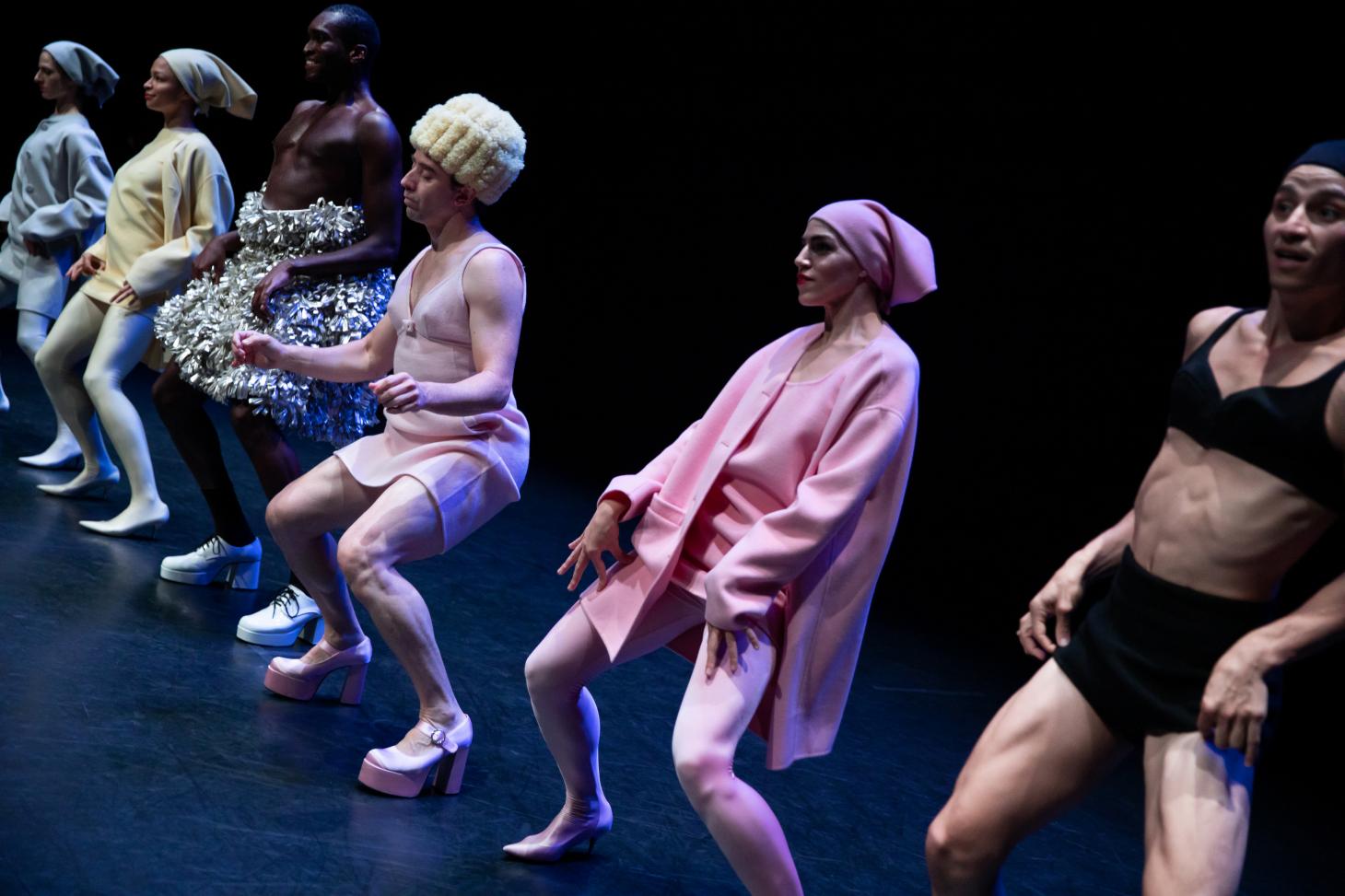
Marc Jacobs. Dancers: Kali Oliver, Isaac Kerr, Alonso Guzman.
The final segment of A Pandemic Notebook is a continuation of Armitage’s collaboration with Marc Jacobs on his A/W 2021 collection show, which saw a riotous army of dancers and models take over the New York Armory. In this iteration, dancers in select pieces of Marc Jacobs clothing perform to the music of Native American saxophonist and composer Jim Pepper.
The production also features costumes by Koons that are made from scuba diving suits covered in small, hanging speakers that move with the dancers, and by Salle, who has draped two dancers in long, unkempt hair designed to mask their gender.
While these various segments might seem disparate, according to Armitage they all work together to convey a central message. ‘I want people to feel that the status quo must be challenged. That doing things with real depth actually has meaning. That it’s not about a superficial sort of fake copycat, sensibility. That art is meaningful when it pushes things to extremes. I want people to come away with an art experience.’
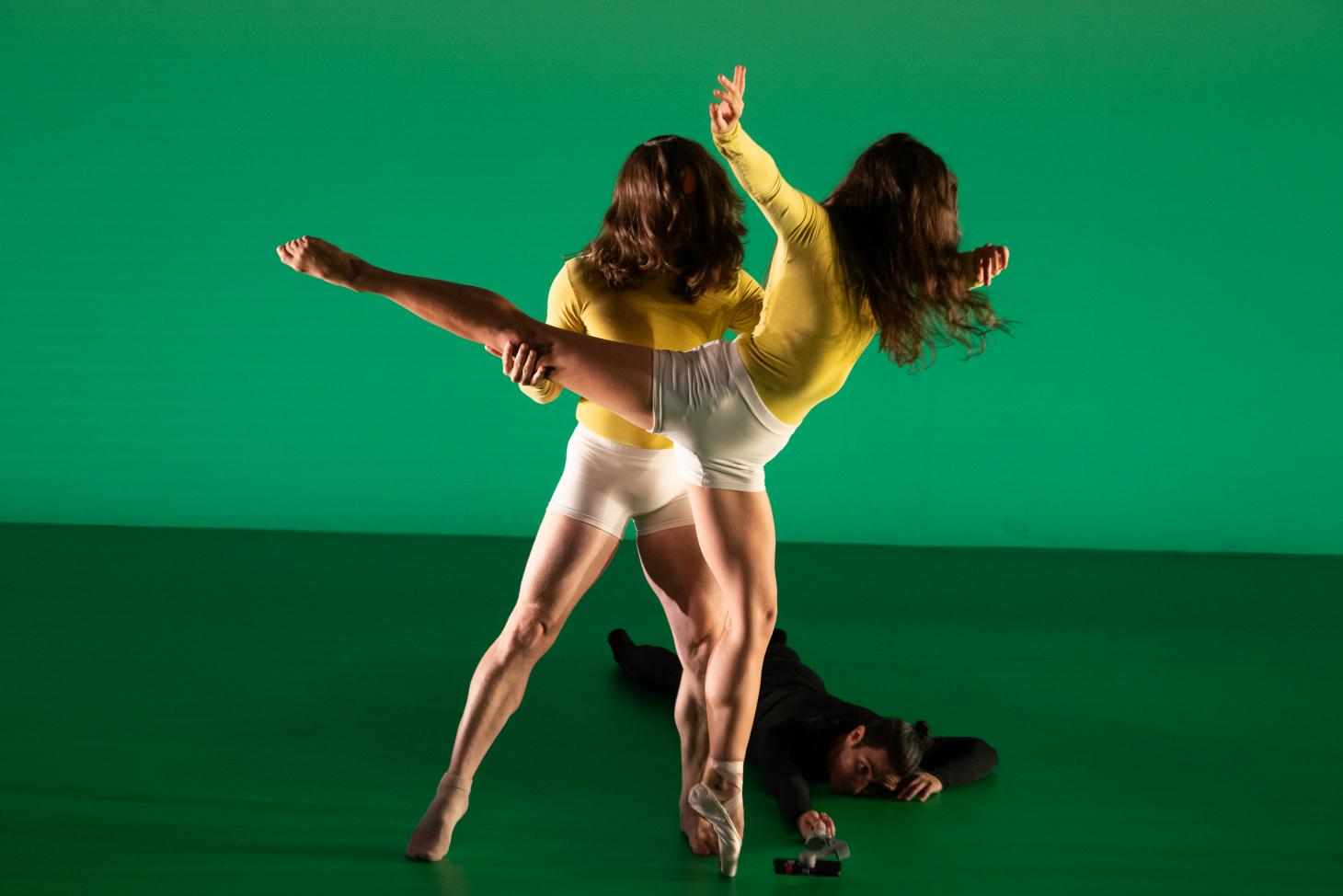
Andy. Dancers: Sierra French, Cristian Laverde Koenig. Camera Operator: Alonso Guzman.
INFORMATION
Mary Cleary is a writer based in London and New York. Previously beauty & grooming editor at Wallpaper*, she is now a contributing editor, alongside writing for various publications on all aspects of culture.
-
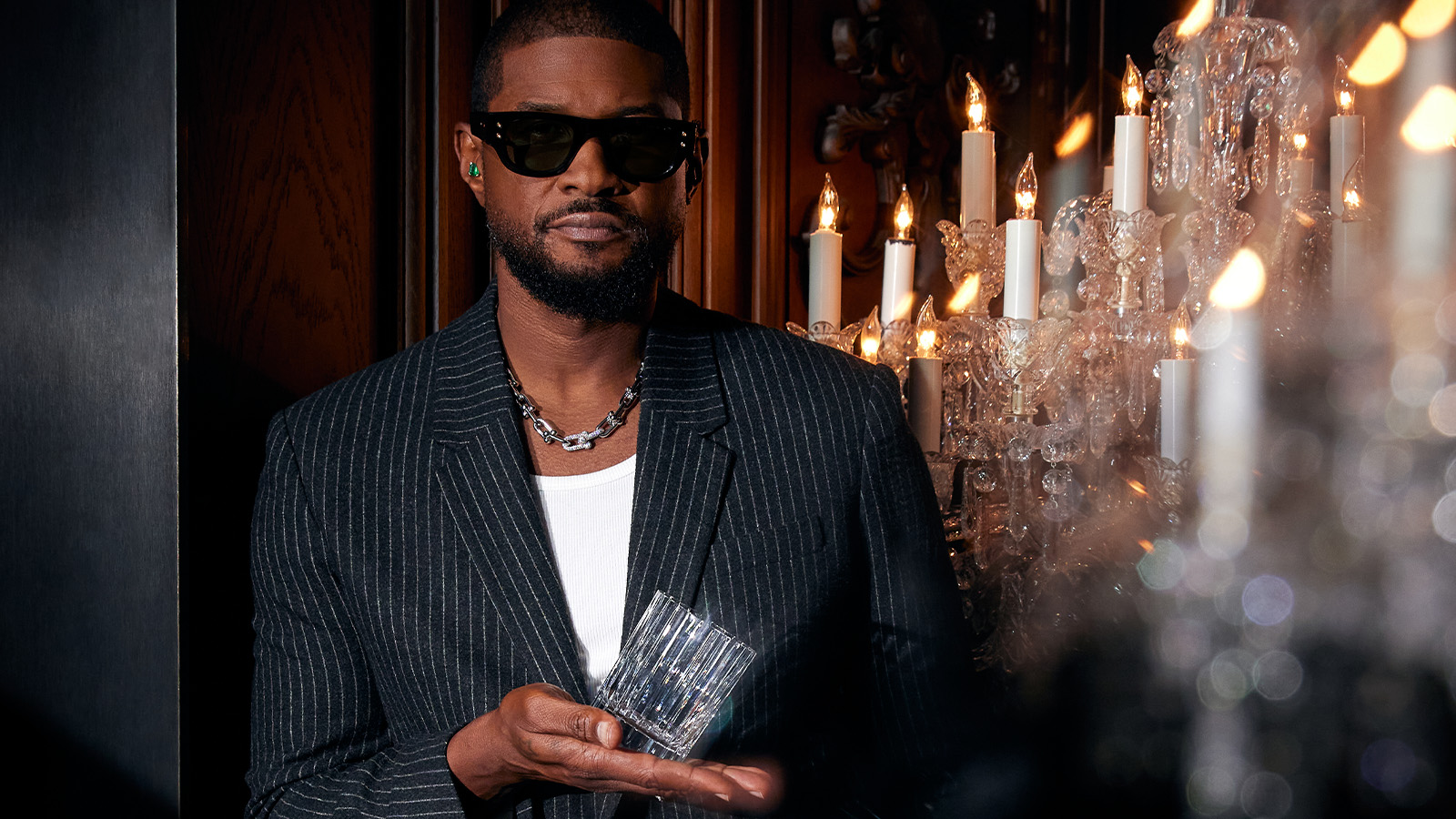 Usher opens up about breakfast playlists, banana pudding and why a glass tumbler is always on his rider
Usher opens up about breakfast playlists, banana pudding and why a glass tumbler is always on his riderOn the heels of a collaboration with Baccarat, the Grammy-winning singer-songwriter breaks down his entertaining tips. 'Hosting is an expression of how you feel about your guests and also who you are.'
-
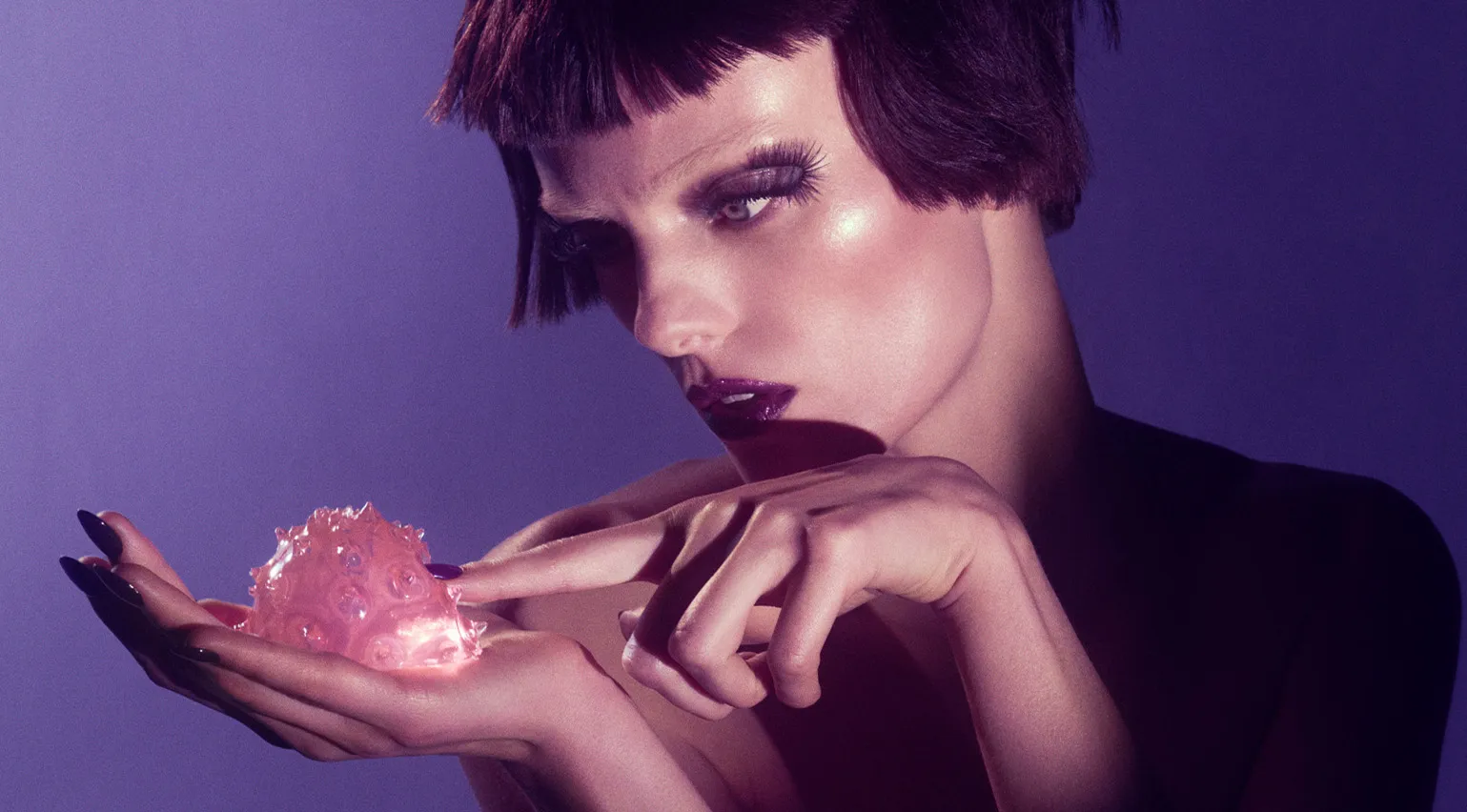 The beauty trends that will define 2026, from ultra-niche fragrances to anti-ageing dental care
The beauty trends that will define 2026, from ultra-niche fragrances to anti-ageing dental careAs we enter the new year, we speak to experts in fragrance, skincare, aesthetics, wellness and more about the trends that will be shaping the way we look
-
 The most stylish hotel debuts of 2025
The most stylish hotel debuts of 2025A Wallpaper* edit of this year’s defining hotel openings. Design-led stays to shape your next escape
-
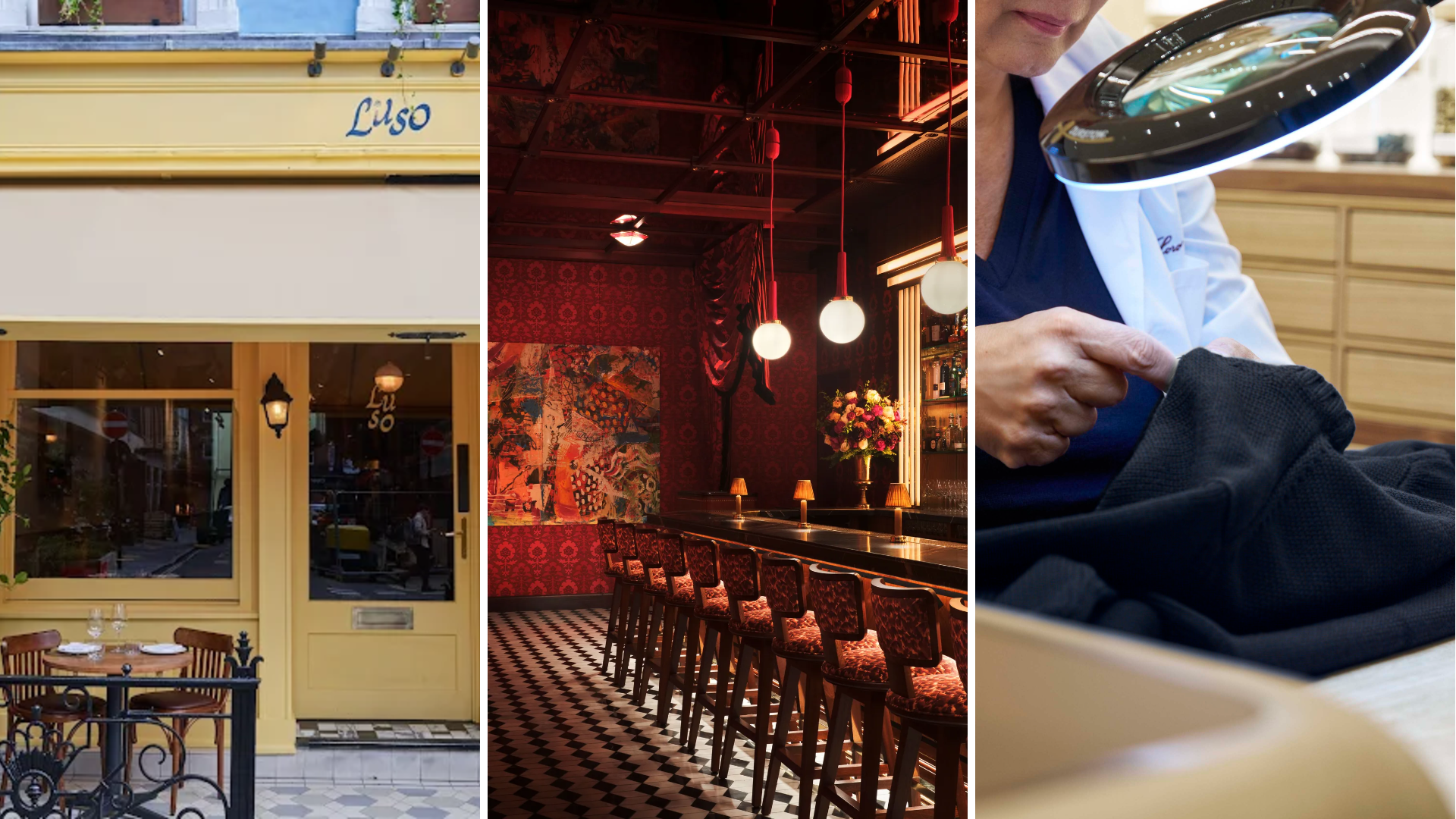 Out of office: The Wallpaper* editors’ picks of the week
Out of office: The Wallpaper* editors’ picks of the week'Tis the season for eating and drinking, and the Wallpaper* team embraced it wholeheartedly this week. Elsewhere: the best spot in Milan for clothing repairs and outdoor swimming in December
-
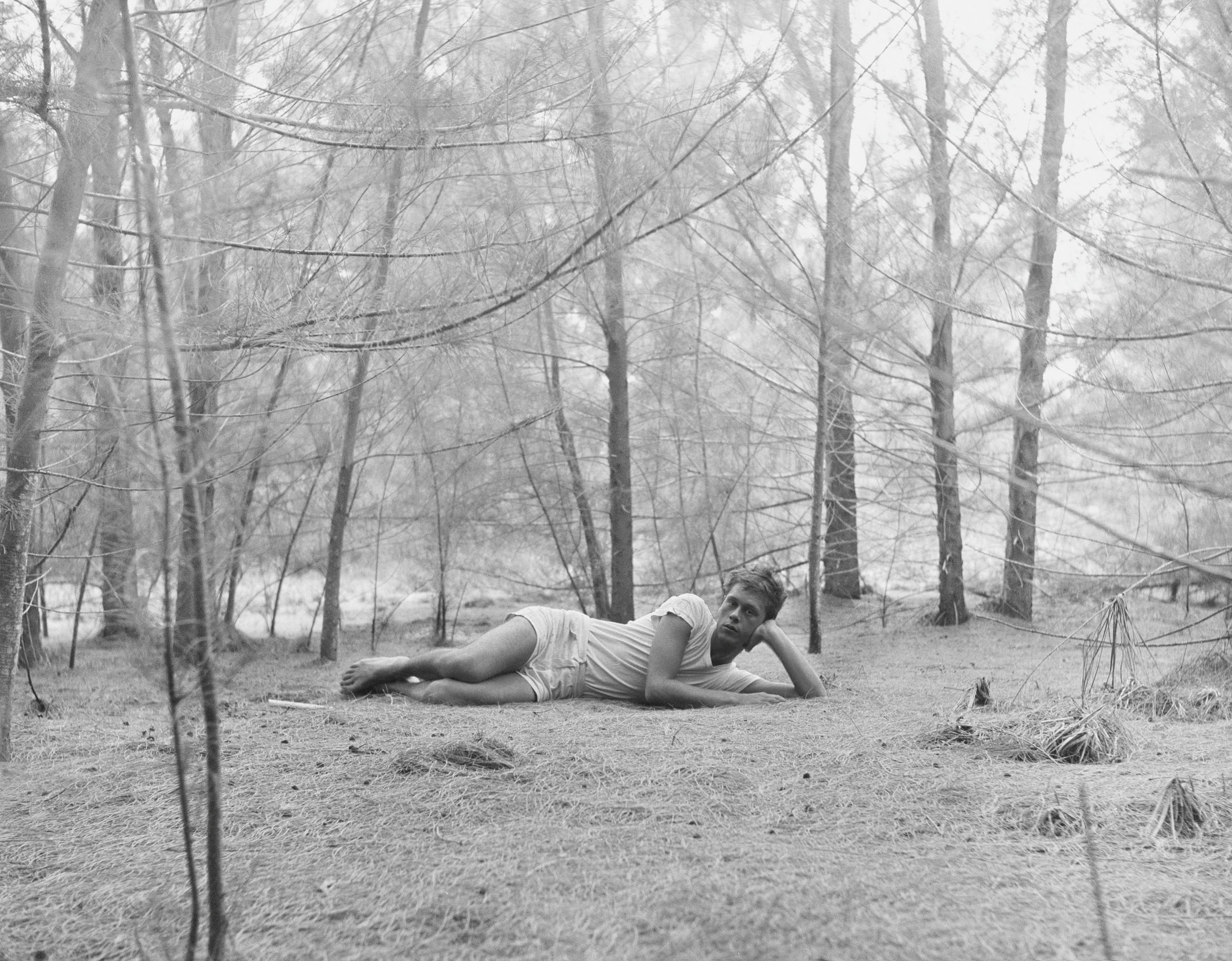 Inside the seductive and mischievous relationship between Paul Thek and Peter Hujar
Inside the seductive and mischievous relationship between Paul Thek and Peter HujarUntil now, little has been known about the deep friendship between artist Thek and photographer Hujar, something set to change with the release of their previously unpublished letters and photographs
-
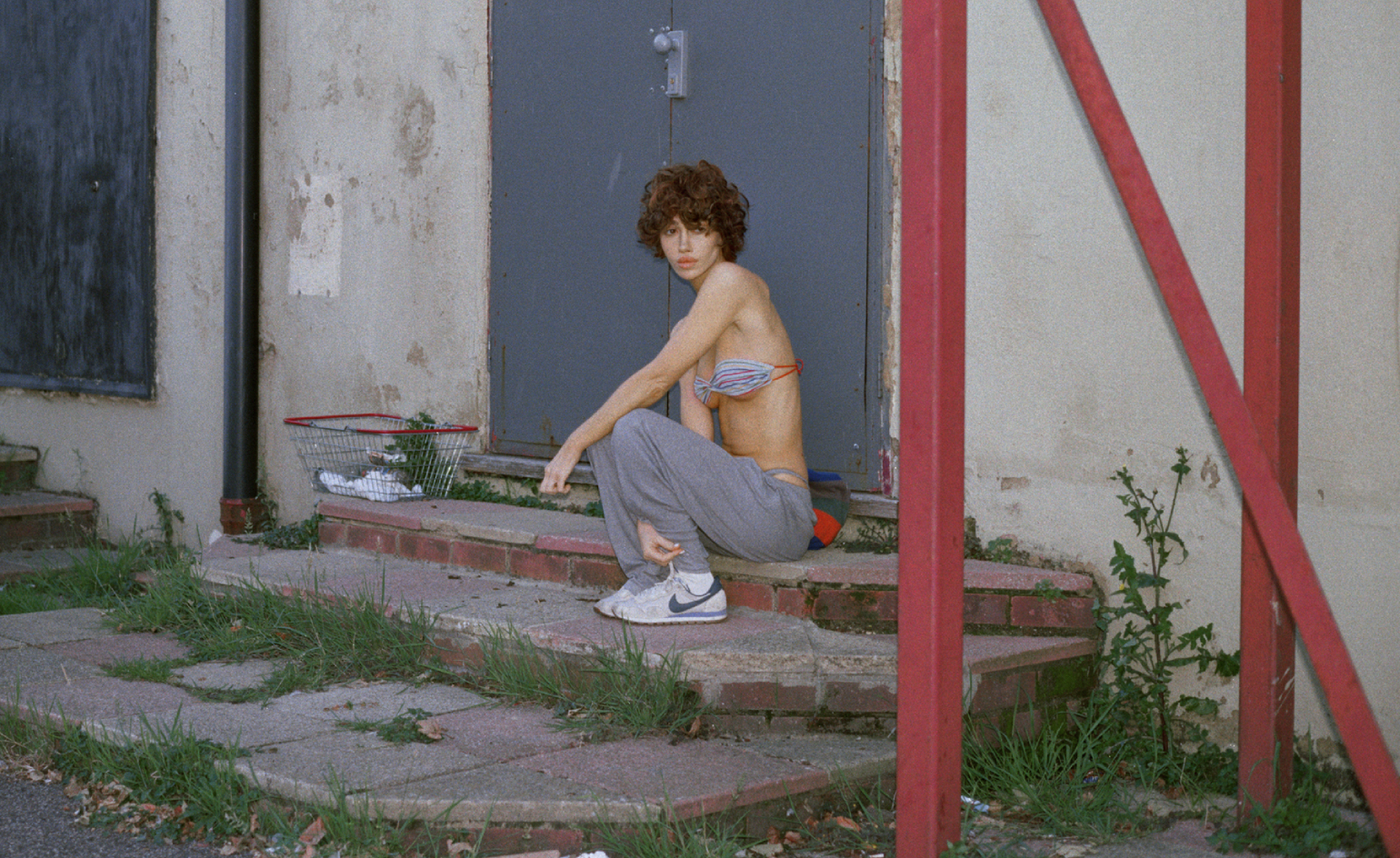 Nadia Lee Cohen distils a distant American memory into an unflinching new photo book
Nadia Lee Cohen distils a distant American memory into an unflinching new photo book‘Holy Ohio’ documents the British photographer and filmmaker’s personal journey as she reconnects with distant family and her earliest American memories
-
 Out of office: The Wallpaper* editors’ picks of the week
Out of office: The Wallpaper* editors’ picks of the weekIt’s been a week of escapism: daydreams of Ghana sparked by lively local projects, glimpses of Tokyo on nostalgic film rolls, and a charming foray into the heart of Christmas as the festive season kicks off in earnest
-
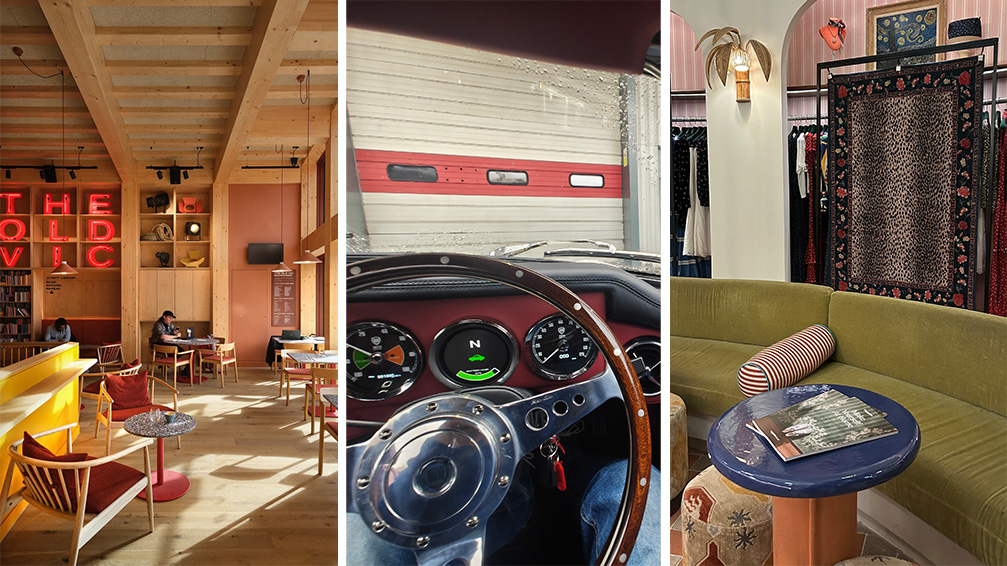 Out of office: The Wallpaper* editors’ picks of the week
Out of office: The Wallpaper* editors’ picks of the weekThe rain is falling, the nights are closing in, and it’s still a bit too early to get excited for Christmas, but this week, the Wallpaper* team brought warmth to the gloom with cosy interiors, good books, and a Hebridean dram
-
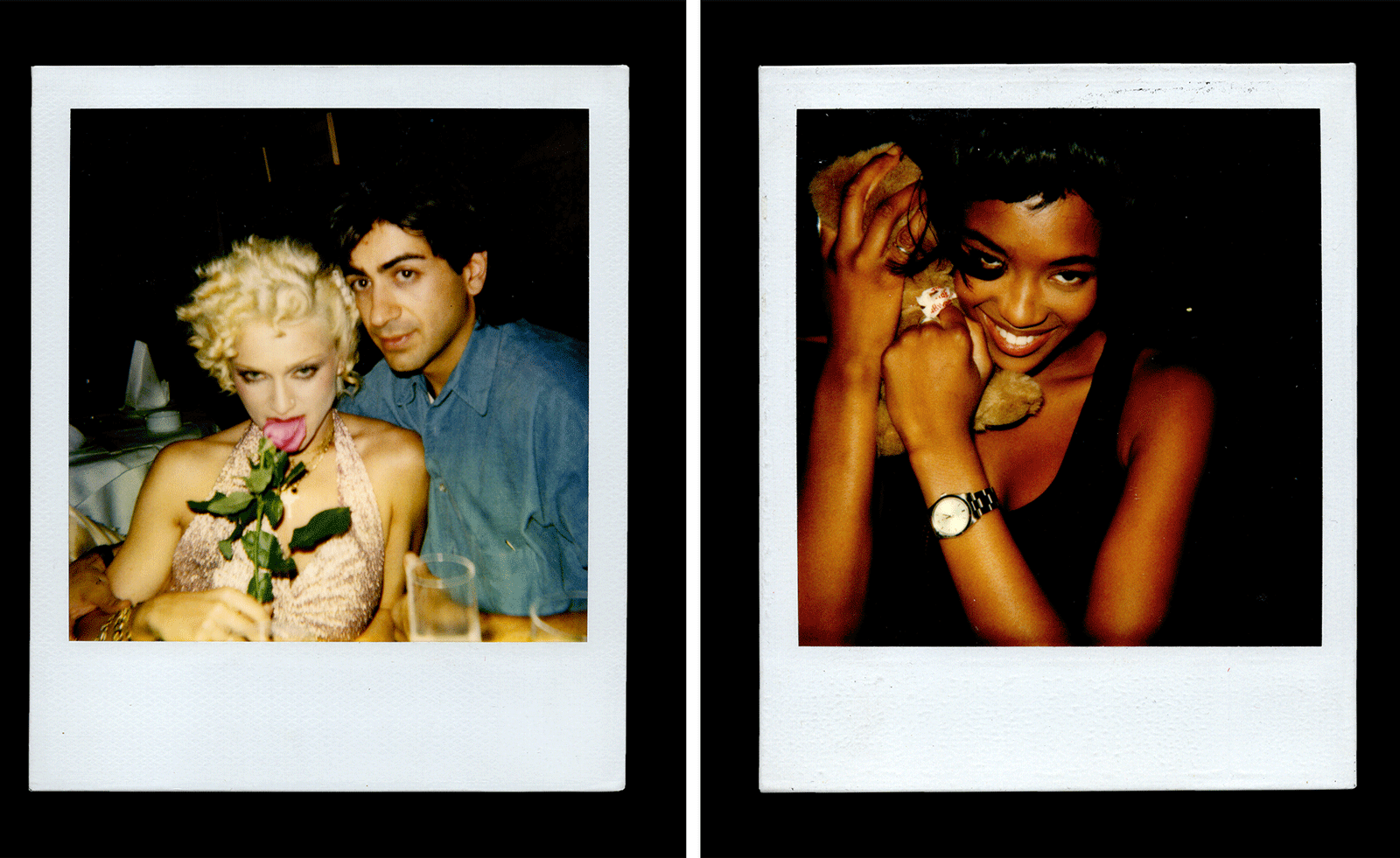 Inside Davé, Polaroids from a little-known Paris hotspot where the A-list played
Inside Davé, Polaroids from a little-known Paris hotspot where the A-list playedChinese restaurant Davé drew in A-list celebrities for three decades. What happened behind closed doors? A new book of Polaroids looks back
-
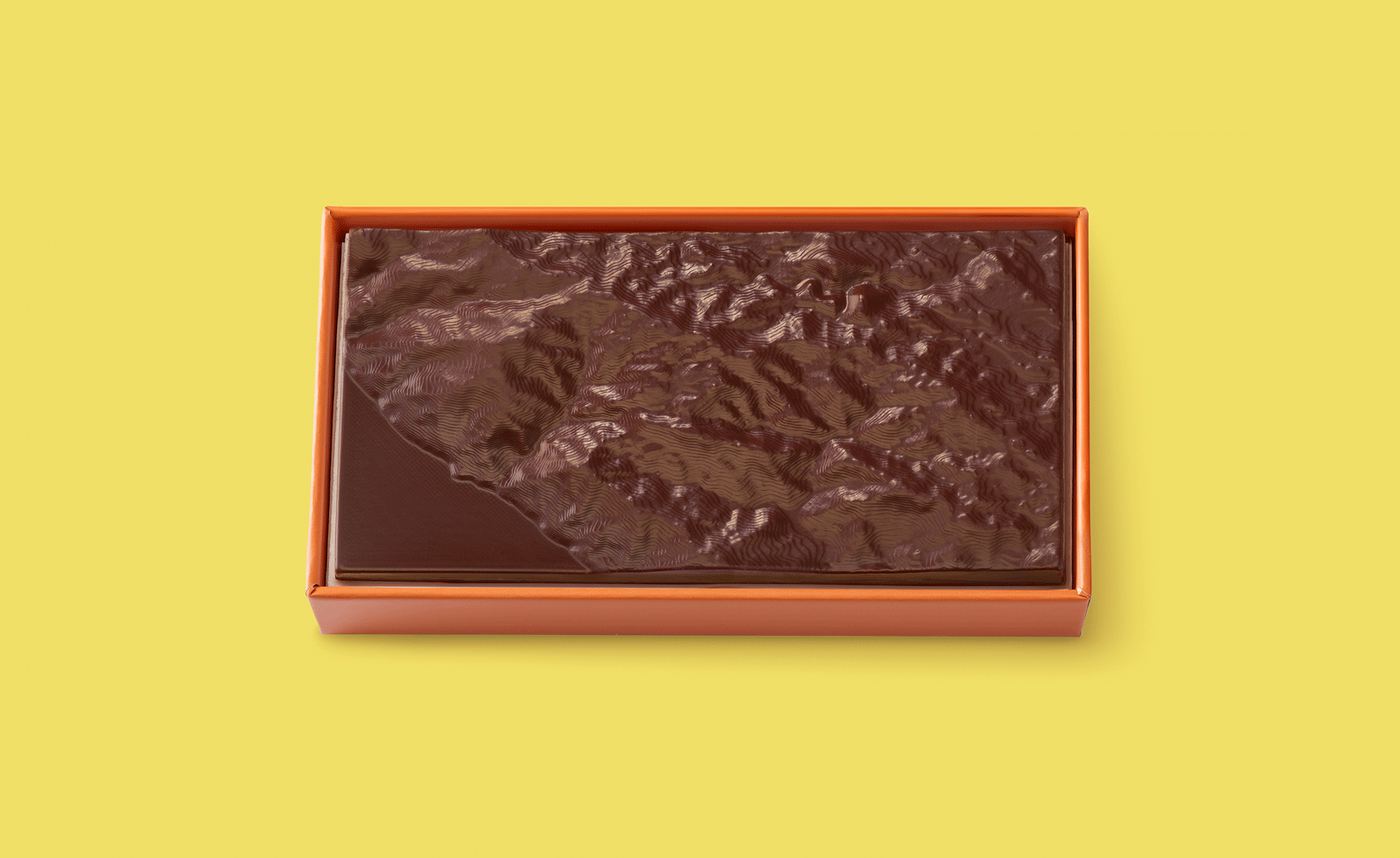 Ed Ruscha’s foray into chocolate is sweet, smart and very American
Ed Ruscha’s foray into chocolate is sweet, smart and very AmericanArt and chocolate combine deliciously in ‘Made in California’, a project from the artist with andSons Chocolatiers
-
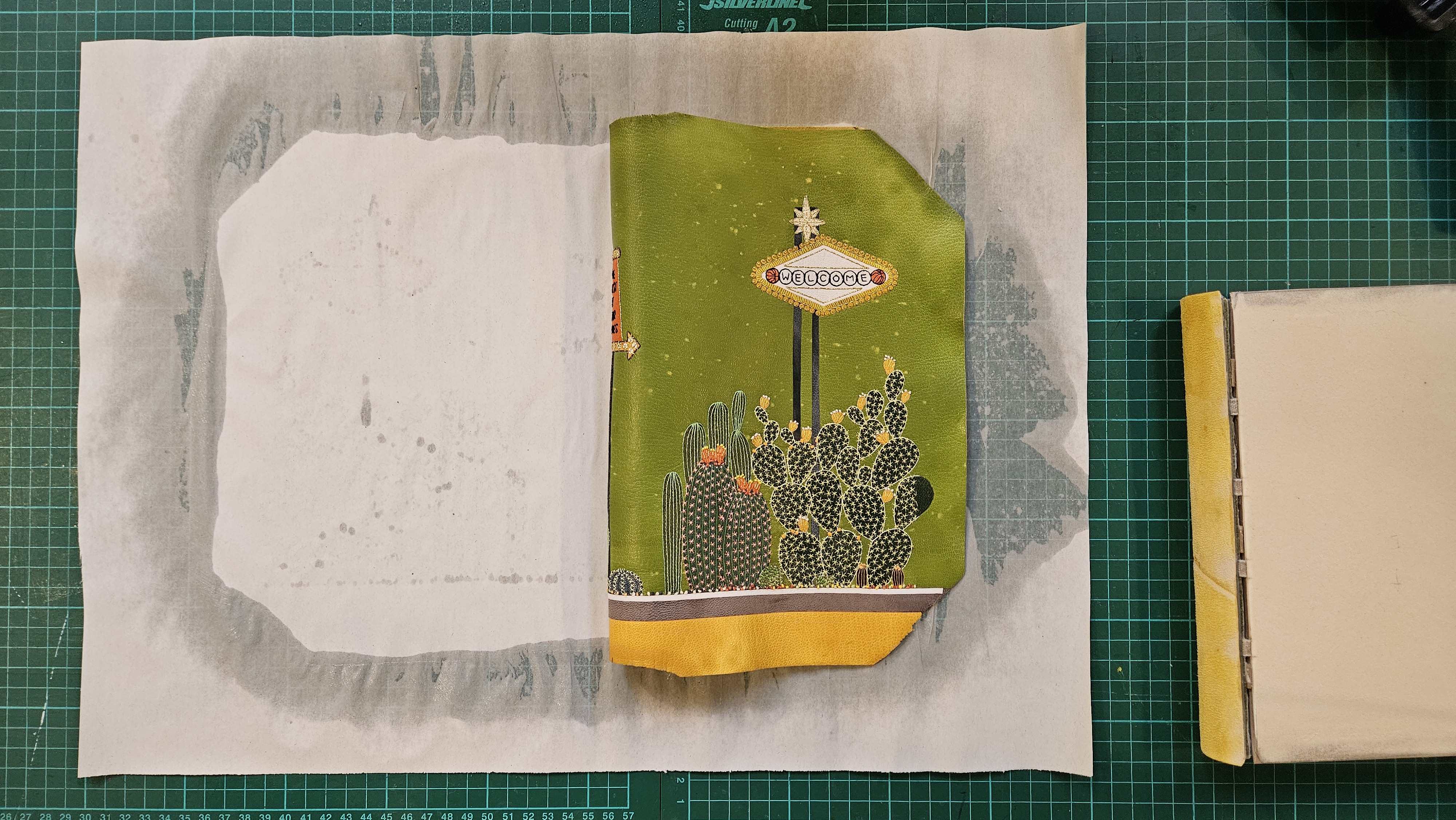 Inside the process of creating the one-of-a-kind book edition gifted to the Booker Prize shortlisted authors
Inside the process of creating the one-of-a-kind book edition gifted to the Booker Prize shortlisted authorsFor over 30 years each work on the Booker Prize shortlist are assigned an artisan bookbinder to produce a one-off edition for the author. We meet one of the artists behind this year’s creations